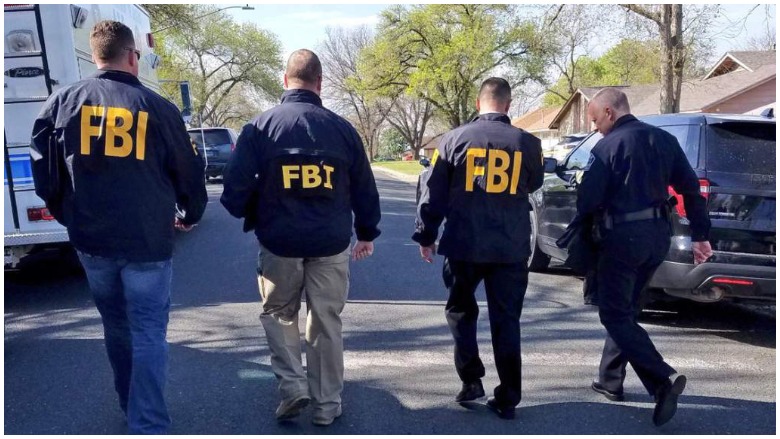
Austin police Authorities investigate the Austin bombings.
A San Antonio-area explosion at a FedEx facility in Schertz, Texas may be linked to the Austin bomber who has struck four times in March 2018, authorities said.
“It would be silly for us not to admit that we suspect it’s related” to the Austin bombings, FBI San Antonio spokeswoman Michelle Lee said to USA Today. The ATF and other agencies were responding to the season. Schertz is a suburb of Texas. It’s geographically positioned about an hour from Austin, where the serial bombings have occurred.
The Shertz Police Department in Schertz, Texas confirmed the March 20, 2018 blast. “Early this morning, Schertz Police responded to the Fedex facility in the 9900 block of Doerr Lane for a report of an explosion,” the police department’s post on Facebook read. “Further investigation revealed the explosion came from a package in the sorting area of the facility. One person was treated and released at the scene. We are currently working closely with several local and other Governmental agencies. We will keep everyone updated as we gather more information.”
According to CNN, the person who suffered minor injuries in the explosion is a FedEx team member.
If linked to the Austin bomber, the latest blast would indicate another concerning shift in tactics in an attempt to stay ahead of public vigilance. The unknown bomber or bomber first struck three times by leaving unattended cardboard package bombs at the homes of people in Austin, Texas. Two young men from prominent African-American families – Draylen Mason and Anthony House – were killed when the bombs detonated upon opening the packages. Two women were also injured, including an unidentified Hispanic women who was wounded in a third Austin blast, also from a package bomb.
Fed Ex released a statement that said in part, “FedEx has confirmed that a package detonated at a San Antonio FedEx Ground facility early this morning. We have also confirmed that the individual responsible also shipped a second package that has now been secured and turned over to law enforcement.”
Then, over the weekend, a fourth blast occurred in Austin – this one in which the attacker used a trip wire that detonated when two young men in their 20s somehow triggered it. The police chief confirmed the presence of a “tripwire” in a press conference, striking greater fear in the Austin community. Some have compared the Austin bomber to the Unabomber, Ted Kaczynski, although others have argued that, unlike Kaczynski – who was motivated by hate for modern technology – the Austin bombings could be a hate crime. That’s because the first victims were all ethnic minorities, although the latter two – identified in Austin media as Will Grote and Colton Mathis – were not. The Austin bombing suspect had not previously used the mail (unlike the Unabomber, who sometimes used letter bombs) as the packages had showed up at people’s homes without using mail service.
Mason and House were well-liked young men with promising futures. For example, Mason was an accomplished musician with a college offer even though he was only 17-years-old when he was killed when the package detonated inside his home. In the most recent case where a blast when off in Austin, one of the two men – Will Grote – is the son of a Texas agency official with the state Department of Agriculture. His grandfather told the Associated Press that the men did not see the tripwire in the dark, and the bomb contained nails. They did not suffer life-threatening injuries although the police chief called their wounds significant.
You can learn more about Mason here:
You can learn more about Anthony House here: